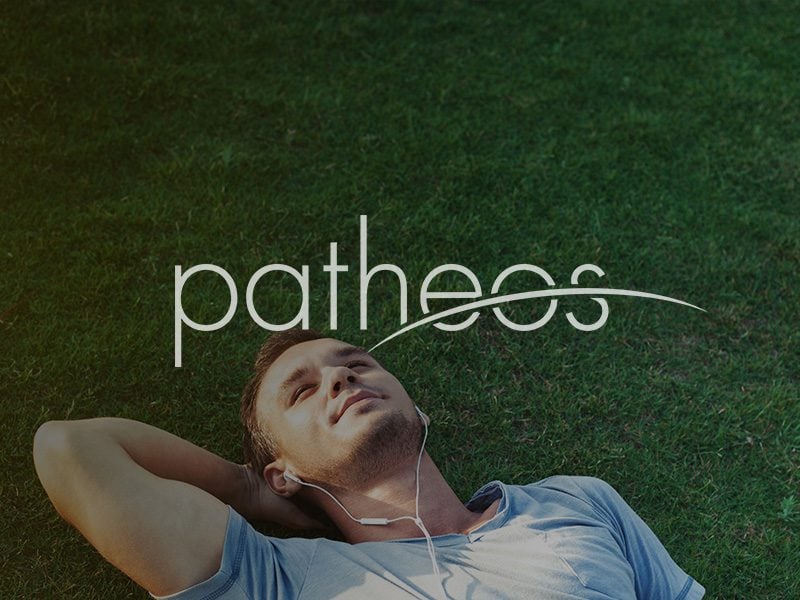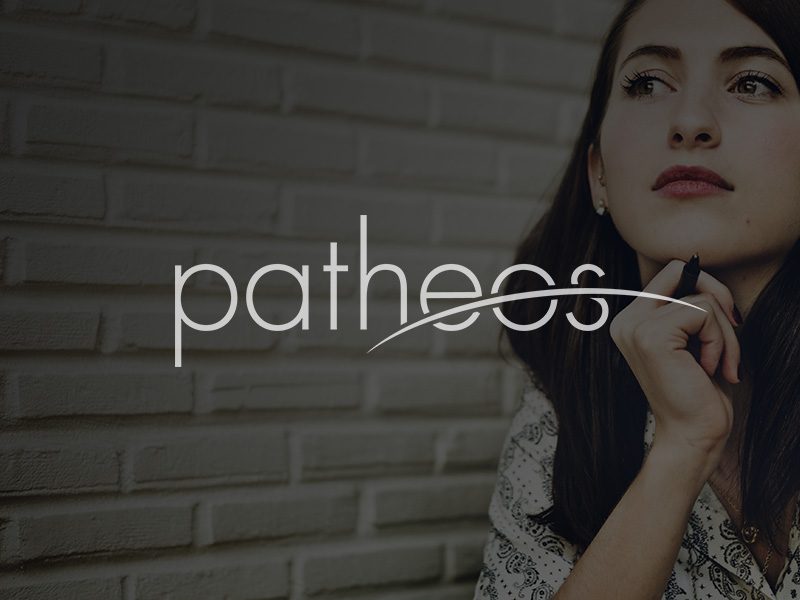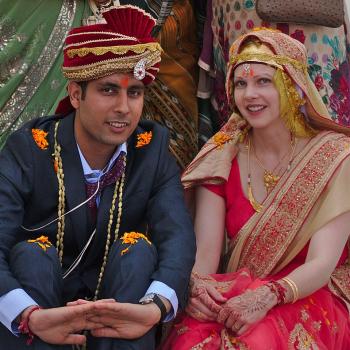The Princeton Proposal (40-1) observes a shift in the basis and nature of division from the Reformation to the present. Initially, disputes “took the form of argumentative exegesis of Holy Scripture, in which the great Christian teachers and witnesses of the past were called to give testimony.” As divisions unfolded, “actual dispute” waned and in its place came a parody of dispute that was more a “ritual revalidation of division.” Theological scholarship and instruction got caught up in this process, taking... Read more




















